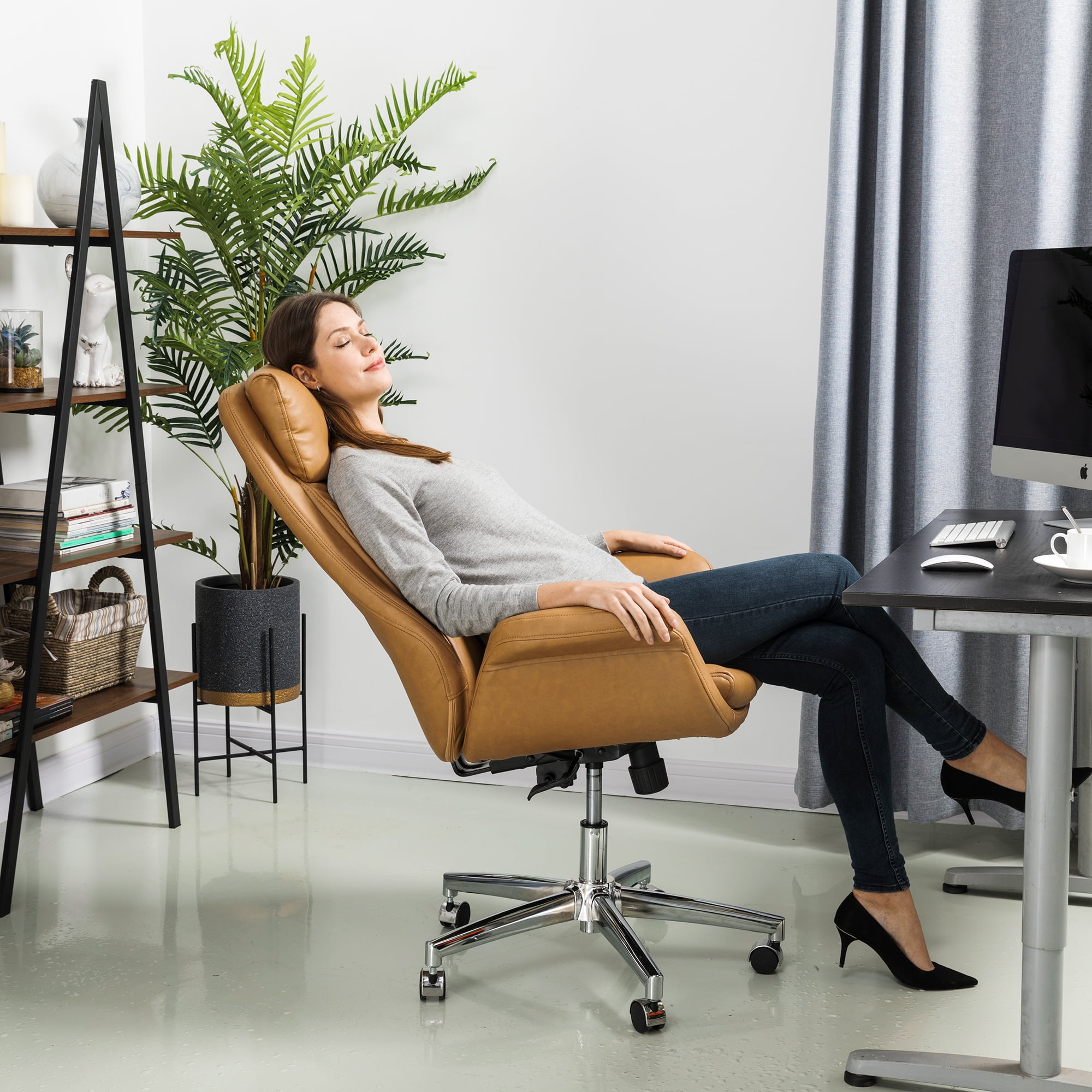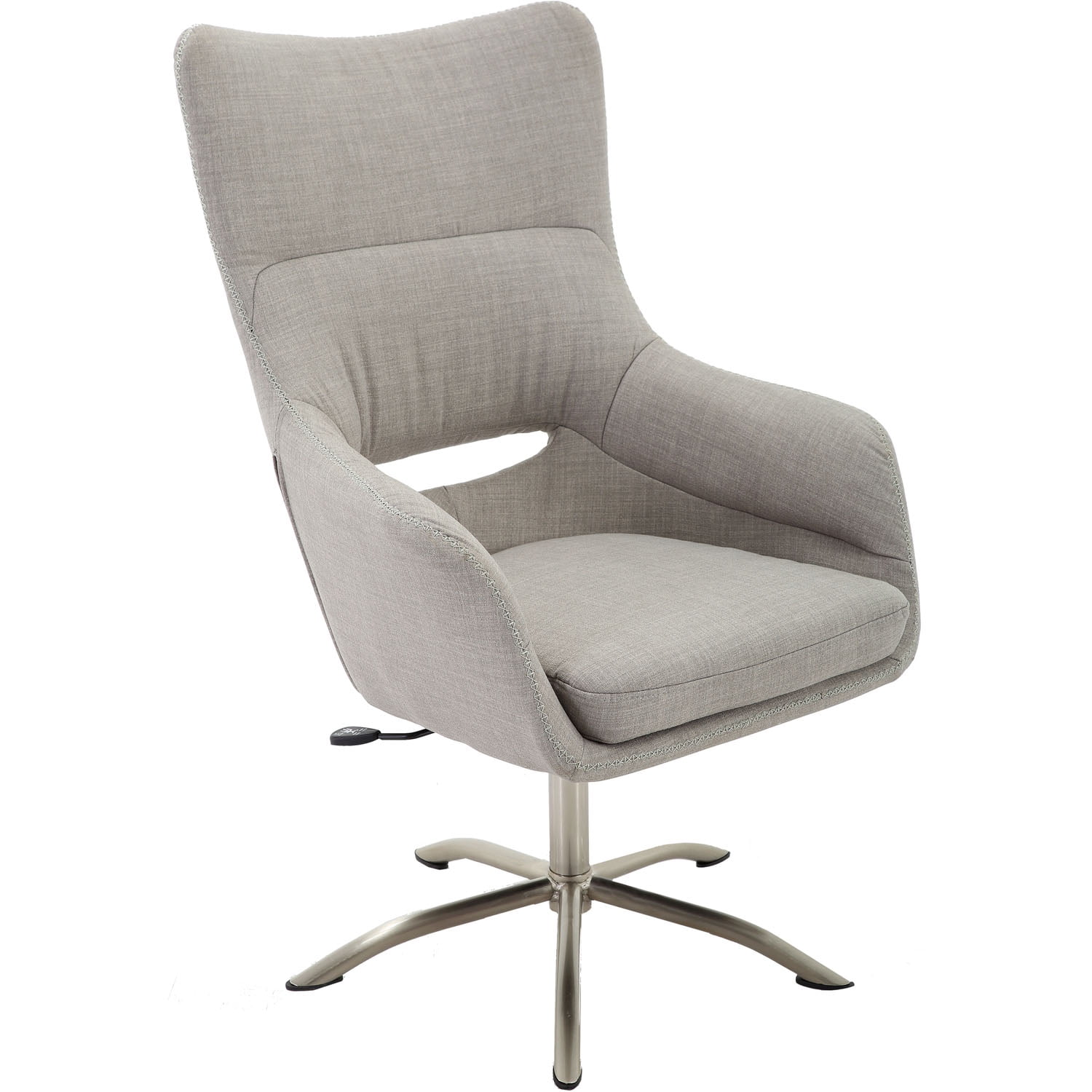Ergonomic Features of Stationary Desk Chairs

Choosing the right stationary desk chair can significantly impact your comfort and productivity. Unlike wheeled chairs, stationary chairs require careful consideration of ergonomic features to ensure proper posture and prevent discomfort during extended periods of sitting. This post will delve into the key ergonomic aspects to look for when selecting a comfortable and supportive stationary desk chair.
Lumbar Support, Seat Depth, and Armrest Adjustability
Proper posture is crucial for maintaining spinal health and preventing discomfort. A well-designed stationary chair plays a vital role in achieving and maintaining this. Key ergonomic features include appropriate lumbar support, correct seat depth, and adjustable armrests.
| Feature | Office Chair | Task Chair | Ergonomic Chair |
|---|---|---|---|
| Lumbar Support | Often adjustable, but may be less pronounced. | Usually includes adjustable lumbar support. | Typically features highly adjustable and contoured lumbar support. |
| Seat Depth | Generally standard depth, may not accommodate all body types. | Often adjustable, allowing for customization. | Frequently offers adjustable seat depth and tilt, maximizing comfort. |
| Armrest Adjustability | May have fixed armrests or limited adjustability. | Usually features height-adjustable armrests. | Often includes height, width, and depth adjustments for optimal arm support. |
| Material | Typically fabric or leather. | Usually fabric or mesh. | May offer a variety of materials, including mesh, leather, or fabric blends. |
The Importance of Proper Posture and How Ergonomic Features Aid in Maintaining It
Maintaining good posture involves keeping your spine aligned naturally. This minimizes strain on your back, neck, and shoulders. A chair with proper lumbar support fills the natural curve of your lower back, preventing slouching and promoting a healthy posture. The correct seat depth ensures your thighs are supported without pressure at the back of your knees, reducing discomfort and encouraging a more upright position. Adjustable armrests allow you to position your arms comfortably, reducing strain on your shoulders and neck. By supporting your back, thighs, and arms appropriately, the chair helps you maintain an upright and natural posture, reducing the risk of back pain and other musculoskeletal problems.
Comparison of Materials Used in Stationary Desk Chairs
The choice of material significantly impacts a chair’s breathability, durability, and comfort. Mesh offers excellent breathability, making it ideal for warmer climates or individuals who tend to sweat. However, mesh can sometimes lack the cushioning and softness of other materials. Leather is durable and luxurious but can be less breathable and may become uncomfortable in hot weather. Fabric offers a balance between breathability, comfort, and durability, with various textures and thicknesses available to suit individual preferences. The best material choice depends on individual needs and preferences, considering factors like climate, personal comfort levels, and desired durability.
Maintenance and Care of a Stationary Desk Chair: Comfortable Desk Chair Without Wheels

Keeping your stationary desk chair in top condition not only ensures its longevity but also maintains its ergonomic support, contributing to your comfort and well-being throughout the workday. Regular cleaning and occasional maintenance will significantly extend the life of your chair and prevent discomfort caused by wear and tear. This guide provides practical steps for maintaining various chair materials and addressing common issues.
Cleaning and Maintaining Different Chair Materials, Comfortable desk chair without wheels
Proper cleaning methods vary depending on the material of your chair’s upholstery. Using the wrong cleaning agent can damage the fabric or leather, so it’s crucial to know your chair’s material before you begin.
- Mesh: Mesh chairs are generally easy to clean. Start by using a vacuum cleaner with a soft brush attachment to remove loose dust and debris. For tougher stains, use a damp (not soaking wet) cloth with a mild detergent solution. Rinse thoroughly with clean water and allow to air dry completely. Avoid harsh chemicals or abrasive cleaners, as these can damage the mesh fibers.
- Leather: Leather requires a more gentle approach. Regularly dust your leather chair with a soft cloth. For cleaning, use a specialized leather cleaner and conditioner following the product instructions carefully. Avoid excessive moisture, which can damage the leather. Conditioning your leather chair periodically will help maintain its suppleness and prevent cracking.
- Fabric: Fabric chairs vary in their cleaning requirements depending on the type of fabric. Always check the care label for specific instructions. Generally, spot cleaning with a damp cloth and mild detergent is recommended for most fabrics. For larger stains, consider using a fabric cleaner appropriate for the fabric type. Avoid harsh scrubbing, which can damage the fibers. Allow the fabric to air dry completely.
Common Issues and Solutions for Stationary Desk Chairs
Over time, even the most durable stationary desk chairs can experience wear and tear. Addressing these issues promptly can prevent further damage and maintain the chair’s comfort and support.
- Loose screws or bolts: Regularly check all screws and bolts for tightness. Tighten any loose ones using a screwdriver. This prevents wobbling and instability.
- Squeaking noises: Squeaking often originates from friction between moving parts. Apply a small amount of silicone-based lubricant to the affected areas. Avoid oil-based lubricants, as they can attract dust and grime.
- Sagging seat or backrest: Sagging often indicates wear and tear in the chair’s internal structure or padding. If the chair is under warranty, contact the manufacturer. Otherwise, consider professional reupholstery or replacement.
- Faded or stained upholstery: Regular cleaning is crucial to prevent fading and staining. For stubborn stains, consider professional cleaning services. Always test any cleaning solution on an inconspicuous area first.
Regular inspection and preventative maintenance are key to extending the life of your stationary desk chair and ensuring optimal comfort and support. Addressing minor issues promptly prevents them from becoming major problems.
Regular Inspection and Adjustments for Ergonomic Support
Regularly inspecting your chair allows for early detection of potential problems and ensures that you maintain the correct posture for optimal comfort and back health.
To inspect your chair, start by visually checking the overall structure. Look for any signs of damage, such as cracks in the frame, loose screws, or worn upholstery. Then, sit in the chair and assess the comfort and support. Is the backrest providing adequate lumbar support? Is the seat height appropriate for your desk and allowing your feet to rest flat on the floor?
Adjustments are usually straightforward. Most stationary chairs have adjustment knobs or levers for seat height, backrest angle, and sometimes armrest height. Experiment with these adjustments until you find the most comfortable and supportive position. For example, if you experience lower back pain, try adjusting the backrest to provide more lumbar support. If your arms are feeling strained, check if the armrests are at the right height, allowing your elbows to rest comfortably at a 90-degree angle. Remember that a well-adjusted chair is crucial for maintaining good posture and preventing musculoskeletal issues.
